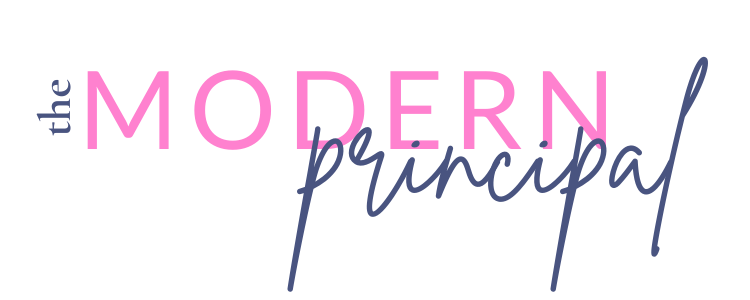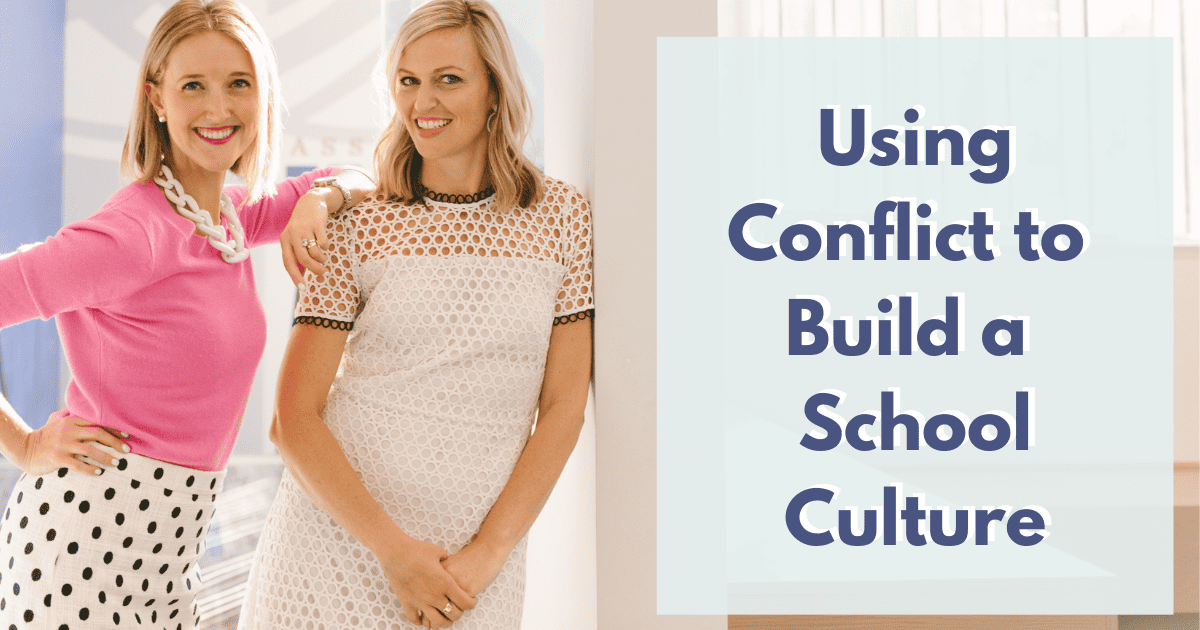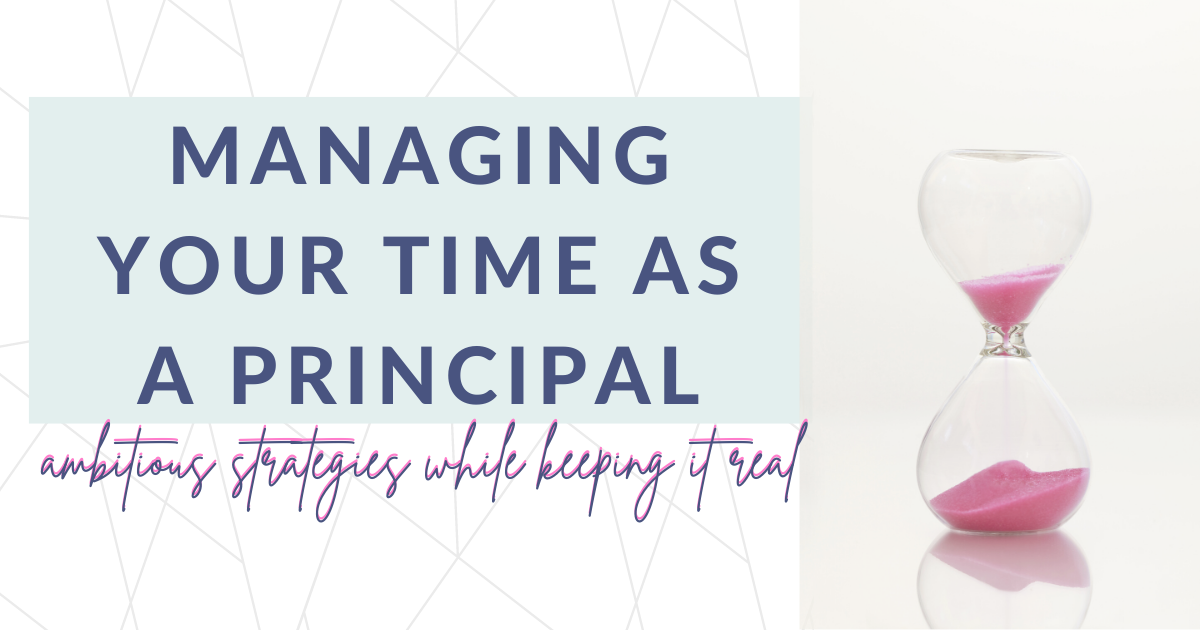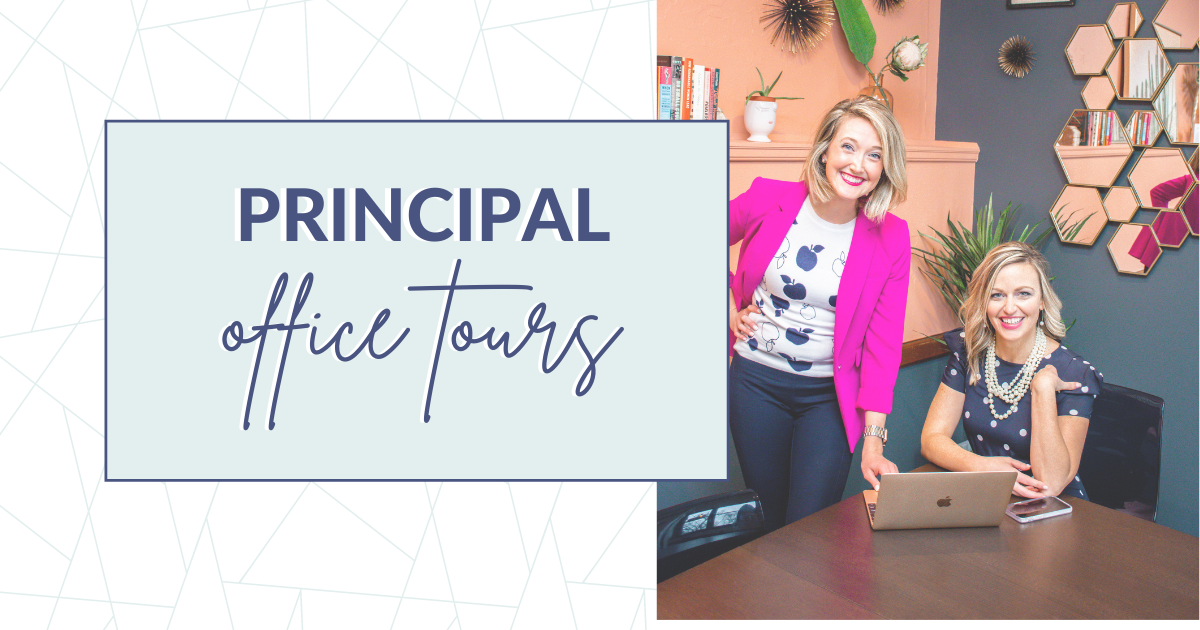The 10 Jobs of a Modern Principal
We think it’s about time we explored what The Modern Principal is for our rapidly-growing internet following (just go with us here). TMP is a fierce leader with a particular mindset and perspective uniquely geared to move America’s schools forward and shape public opinion about education. But how do you shape opinions about education if we all don’t have the same understanding of what a principal does each day? We need people outside of education or even outside of a progressive and innovative school to share the same understanding of the various ‘hats we wear’, or should we say ‘crowns’ instead. That way we can then devote more time calibrating the lens in which The Modern Principal views these tasks in order to lead on with strength into the future.
Take a look at the list below and cross check it with your conception of what a principal does in a school today. The Modern Principals you know likely do this and much more!
The 10 Jobs of A Modern Principal
1. CEO: We set the vision for our school community and staff. We motivate, inspire and innovate with the resources we have–we plan learning opportunities for adults and measure the success of our efforts with constant data.
2. CFO: Managing a budget of local, state and federal funds totaling upwards of 60,000 or more each year is pretty daunting. We also generate plans to increase funding as well as detail every expenditure with an easily trackable audit trail that aligns with business guidelines set out by the state. You know, just another part of our B-List accounting degree.
3. Human Resources: We run the hiring process from start to finish (including reference checks and all) for any open position. We give constant feedback to staff and also have yearly summative evaluations to complete on all staff. We must figure out how to balance coaching and evaluating on the daily for the 30-60 adults we manage. Difficult conversations are initiated by us all too frequently.
4. Community Organizer: We create a vision for all to organize and unify around that supports the future generations. We maintain existing community events and traditions that came before us and put our own spin on new events that will carry on after we leave. In times of crisis for either individual families or parts of our community, we find support and resources and rally our team behind them. We look to the future and advocate for more businesses and social services in our area.
5. Public Relations Officer: We advertise, we publicize and we shape our message. We brand our school and use every media tool to our disposal, including the best advertisement–word of mouth. We treat every interaction as an opportunity to share the message of our school and staff.
6. Researcher: We are required to stay at the forefront of our profession. We must read the scholarly articles to know what is effective and which practices will have the greatest impact. We must disseminate our findings for others In manageable chunks. We also need to know which practices have a negative impact and truly examine the variables at play in our school.
7. Data Analyst: Not only do we spend hours combing over various pieces of data, looking for trends and highlighting areas of improvement, but we also teach staff how to do this for themselves. Sometimes we even find we have too much data and work to pare that down to the priority, otherwise it won’t propel us forward either.
8. Therapist: I’m sure if you are a #boss in any profession, you can relate. This is beyond true for principals. Staff need us to be there for the ups and downs, whether it relates to work or personal life. Problem solving is our jam and that’s why often we assume the role of listening ear as kids and adults work through dilemmas. We’ve also happily assumed this role for parents from time to time as they need someone in their corner giving reassurance as the challenges of raising kids increase.
9. Site Coordinator and Risk Management: In this day and age, it is beyond our duty to ensure staff and students have the trainings needed to react in any sort of physical crisis that befalls our school. Where is the best place to take cover for tornados? What should be in our hazard bags? How do we protect children in a worse case scenario of an armed intruder? We also must constantly be vigilant of the physical construction of our building and predict areas of repairs needed as well as potential safety hazards for students or staff. Trust me, coming from a chick who didn’t know there were different kinds of wrenches (hello Allen Wrench), this learning curve can be steep.
10. Educator: Yes, even if we are no longer in the classroom, to be The Modern Principal our schools deserve, we must actually be effective in the classroom. We must stay sharp on pedagogical practices and the best behavior management techniques and actually (gasp) walk the walk inside the classroom from time to time. This also helps us discern philosophy from practicality.
We were not trained for all of these facets of the job, but it was what our patrons needed from us, so we train ourselves. We read. A lot. We observe. A lot. We listen. A lot. And we spend hours talking to others who have more expertise in these areas than us to widen our understandings.







